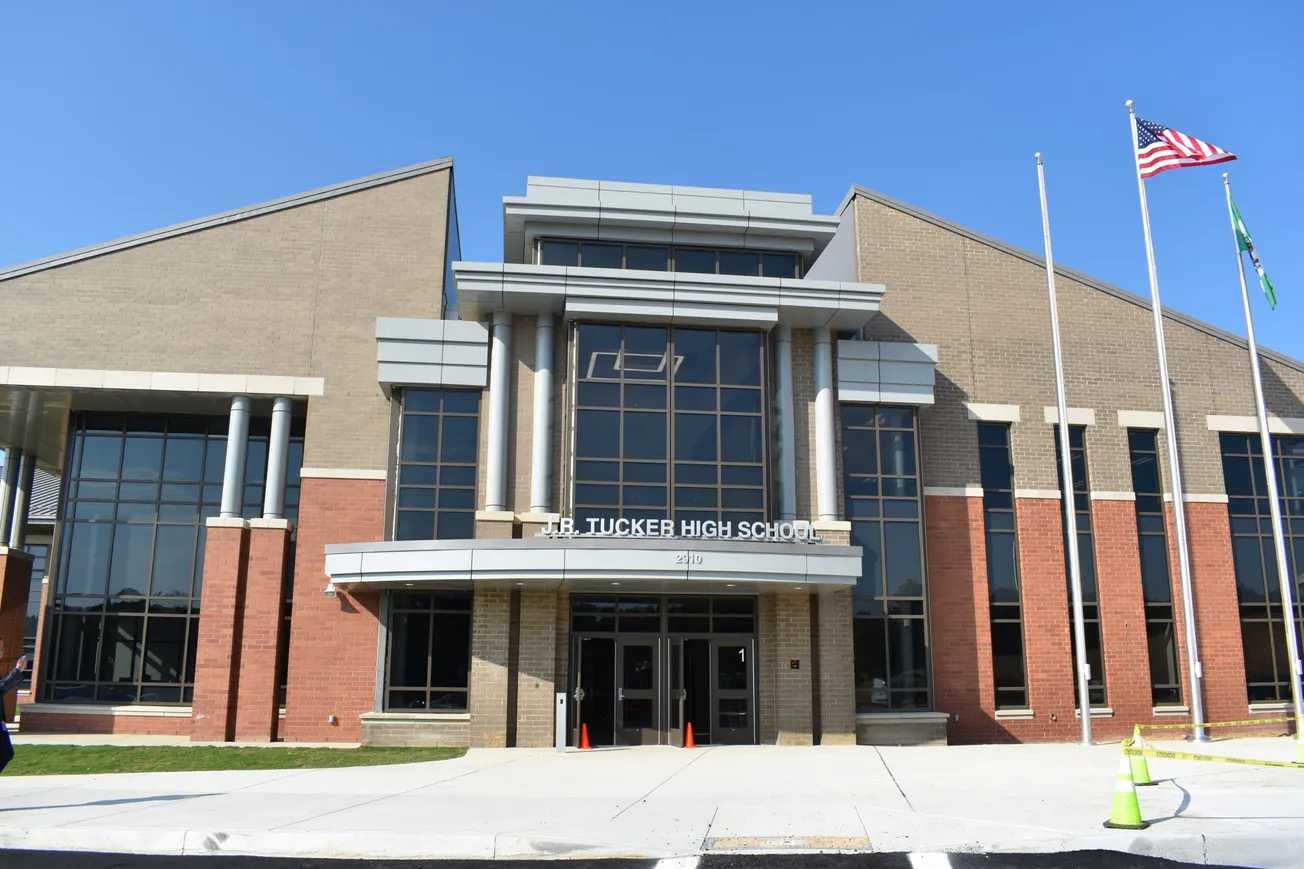Related

Tuckahoe Elementary School named 2025 National Blue Ribbon School
Tuckahoe Elementary School has been named a 2025 National Blue Ribbon School by the Virginia Board of Education, distinguishing it as one of the top schools in the state in math and reading achievement. Tuckahoe Elementary was honored as an Exemplary High Performing School, one of the award’s two
Click here to read more
Henrico Schools to host on-site vaccination clinics for rising seventh, 12th graders
Henrico County Public Schools and the Virginia Department of Health’s Richmond and Henrico Health Districts will hold a free vaccination clinic at each HCPS middle and high school during the coming weeks to provide required vaccines for students entering seventh or 12th grade in the 2026-27 school year. The
Click here to read more
3 Henrico businesses to participate in 'Made in Virginia Market' as part of Spanberger's inauguration weekend
Three Henrico County businesses will be in the spotlight Jan. 16 as part of the inaugural Made in Virginia Market, a public event kicking off the inauguration weekend for Virginia Governor-elect Abigail Spanberger. The Spanberger Inaugural Committee announced that more than 40 vendors from throughout the state will participate in
Click here to read more
Henrico Police ID victim of Varina shooting
The man who was shot and killed in Eastern Henrico Jan. 8 has been identified. Thirty-eight year-old Darryl Timothy Hines, of Richmond, was found by Henrico Police officers lying in the street in the 1400 block of Oakland Road in Varina shortly before 5 a.m., suffering from apparent gunshot
Click here to read more
